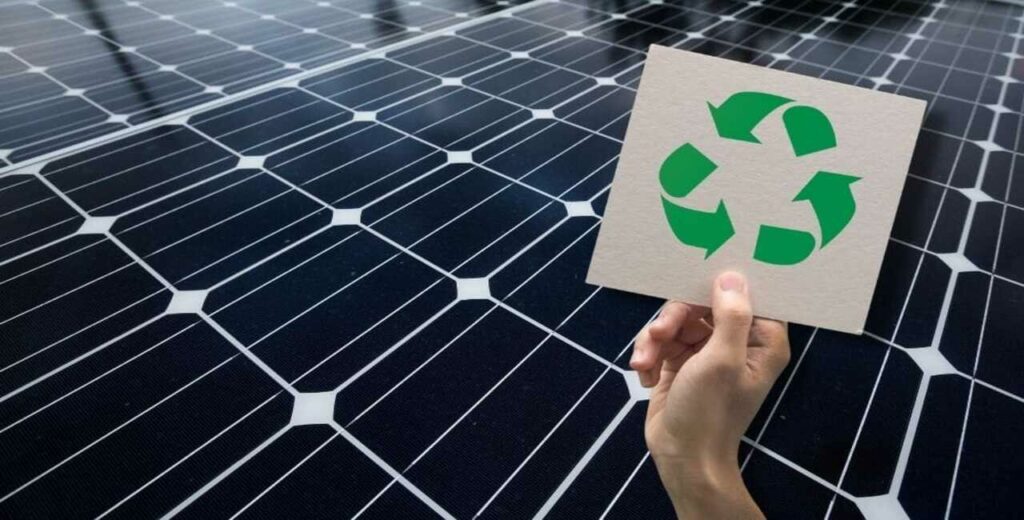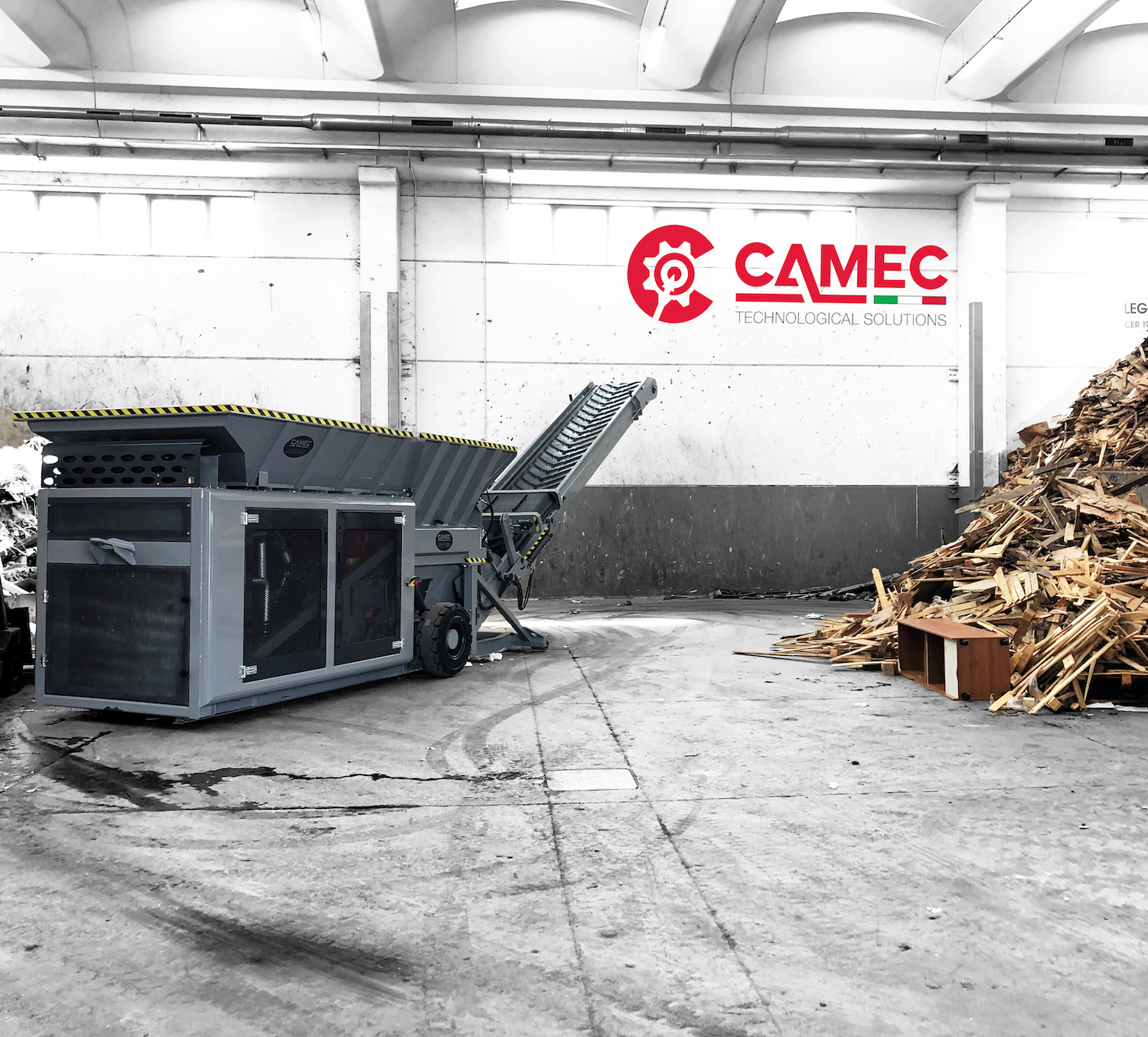The Current Landscape and Challenges of Solar Panel Recycling
The need for effective solar panel recycling methods is increasingly urgent as the first generation of solar panels nears the end of their lifecycle. Recycling solar panels is essential for environmental sustainability and resource conservation. However, the process faces technological complexities, economic viability concerns, and logistical hurdles. Understanding these challenges is crucial to overcoming existing obstacles and improving recycling practices.
Technological Innovations and Policy Developments
Significant technological advancements have been made in solar panel recycling. Cutting-edge techniques like advanced robotic disassembly and innovative chemical processes are enhancing efficiency and material recovery. Alongside these technological strides, policy and regulatory frameworks play a pivotal role in shaping the recycling landscape. Various countries are formulating policies to promote sustainable practices, impacting the industry significantly.
Predicting the Future: Trends and Innovations
Anticipating the increase in solar panel waste is essential. Emerging trends and potential innovations promise to revolutionize solar panel recycling. Predictions about the volume of solar waste and future-oriented technologies like nanotechnology and artificial intelligence in recycling processes could redefine the recycling process, making it more efficient, cost-effective, and environmentally friendly.
The Challenges of Solar Panel Recycling
Solar panel waste is expected to increase significantly in the coming decade. The solar panel recycling industry faces the challenge of handling these volumes amidst growing demand for new panels and scarce raw materials. The UK, for instance, added significant solar capacity in 2021, and its solar deployment is anticipated to increase fivefold by 2035. This growth emphasizes the urgency to address the emerging pile of solar waste.
Regulation & Compliance
In the UK, solar panels fall under Electrical and Electronic Equipment (EEE), covered by the Waste EEE (WEEE) Regulations. Solar panel producers are required to join a Producer Compliance Scheme, ensuring future recycling of their units. However, challenges include the variety in manufacturing and the need for registered professionals for deinstallation.
Recycling Processes
The recycling process varies based on the solar panel composition. For silicon-based panels, which dominate the market, processes like mechanical shredding and pyrolysis are used
to separate materials. Thin-film panels, though less common, require additional steps to recover compounds like cadmium telluride environmentally soundly. The treatment involves shredding, chemical processing, and material separation.

Solar Panel Recycling at Scale
Despite growing initiatives, only a fraction of solar panel materials are currently recovered in the recycling process. Projects like ReProSolar, led by waste management company Veolia, aim to bring full solar panel recycling to an industrial scale. This project is developing processes to recover all components of silicon-based PV modules, including pure silver and silicon, using technologies like delamination.
Commercializing Recycling Processes
The commercialization of complete recycling processes is crucial to meet market demands and handle increasing volumes of solar panel waste. Recovering high-value components such as silver, which comprises a significant portion of a panel’s market value, could lead to considerable economic gains. For instance, the value of recovered materials from end-of-life PV panels is projected to significantly increase by 2030.
Redesigning Solar Panels for Recycling
Innovations are not limited to recycling processes; the design of solar panels is also being reimagined with recycling in mind. Initiatives like the ‘Design for Recycling’ (D4R) solar panels by the Netherlands Organisation for Applied Scientific Research (TNO) focus on manufacturing panels for easy disassembly and component reuse. This approach is crucial for simplifying recycling and promoting a circular economy in the solar industry.
Lifecycle Assessment and Environmental Impact
A lifecycle assessment (LCA) is vital for evaluating the environmental impact of solar panels throughout their existence. This assessment spans raw material extraction, production, installation, usage, and end-of-life management. LCA helps identify areas to minimize waste and enhance recycling efficiency, guiding sustainable practices throughout a panel’s lifecycle.
Collaboration with Recycling Centers and Manufacturers
Effective recycling and sustainable product design hinge on collaboration between recycling centers and manufacturers. Partnerships facilitate knowledge exchange, proper disposal, and the development of eco-friendly products. Engaging with manufacturers also promotes extended producer responsibility and innovative recycling technologies.
Promoting Consumer Awareness and Responsibility
Educating consumers about the importance of recycling solar panels is crucial for fostering a circular economy. Awareness campaigns and initiatives can guide consumers towards responsible disposal and recycling practices, reducing environmental impact and supporting sustainable energy use.
Conclusion
Addressing the challenges of solar panel recycling is imperative for a sustainable renewable energy future. Collaboration among installers, manufacturers, policymakers, and recyclers is key to developing effective recycling systems and promoting eco-friendly designs. Embracing these practices will contribute to a greener, more sustainable world, ensuring the longevity and environmental integrity of solar energy solutions.

























